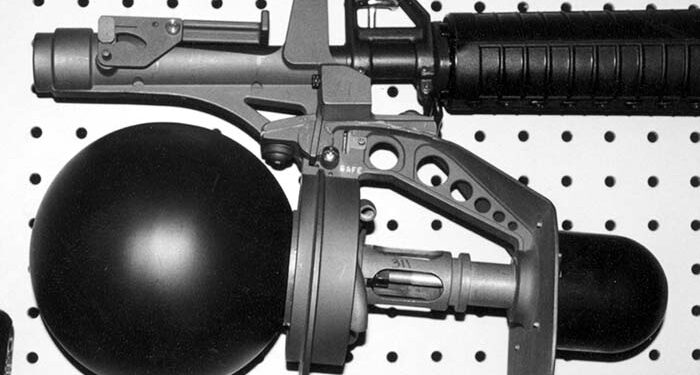By Dan Shea
SAR is continuing our new “Identification Guide” series. We believe that these guides need to be done. We have plans to cover the HK internals, the Models of the Colt M16 series (YES, we do mean ALL of them) and various magazine identification. This is a photographic series, and we appreciate your input on this- tell us what you want us to do a series on, or if we missed something, send in a photo and description.
What is “Correct”? Many times when people pick up a firearm, the first thing they want to know is if it is “Original”. One of the most bewildering series is the M16 / AR15 family. There have been many manufacturers, both military contract and aftermarket. Many times, the contract over runs or change periods did not denote the end of a marking, but a new designation was involved. An example would be the transitional M16A1 rifles that had all the features of the A1, but are marked “M16”. Colt was using up the receivers they had on the shelf, because there was no functional difference in the lower receiver on the M16 and M16A1.
In light of that, we are going to try to show the Colt series flash suppressors in a time sequence. In later editions of SAR, we will do the entire models of the AR15 / M16.
SAR would like to thank Mr. Reed Knight for his help on this section of the series.
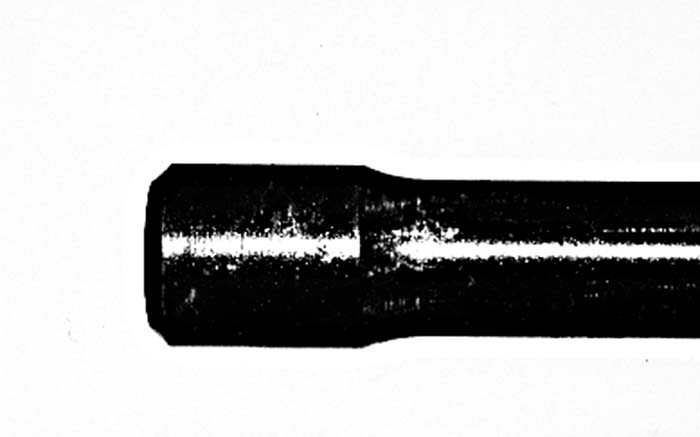
1- The original AR15 barrels did not have a flash suppressor. They came from the factory to Armalite as in this photo. Gene Stoner changed to the flash suppressor almost immediately, and none of the prototype AR’s were without a flash suppressor.
2- Serial No 000001 utilized this early three prong smooth cylinder.
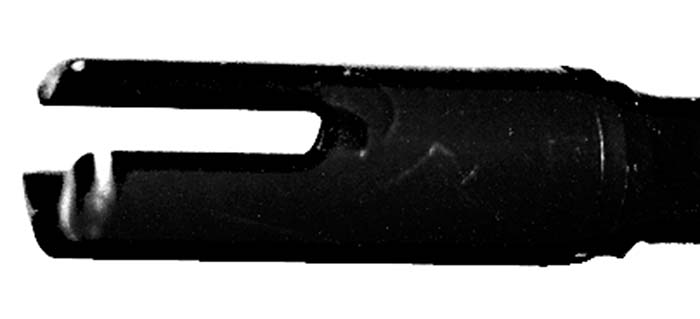
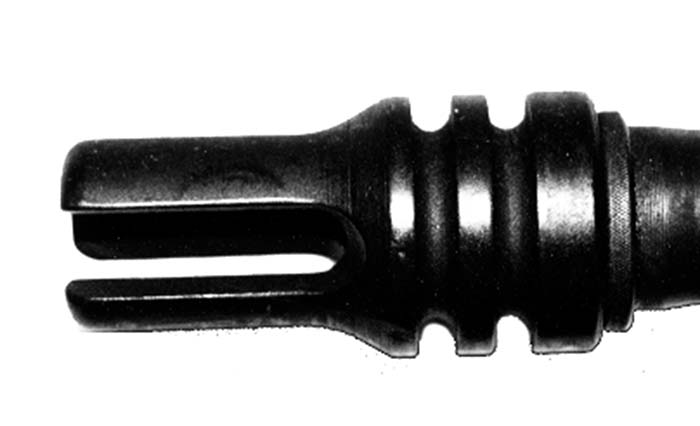
3- The first AR15’s (which were select fire) had the “Duck bill” three prong flash suppressor. This would be correct for the “01” model.
4- The open-end three prong flash suppressor is correct for most of the mid range models- the 603, 604, etc.
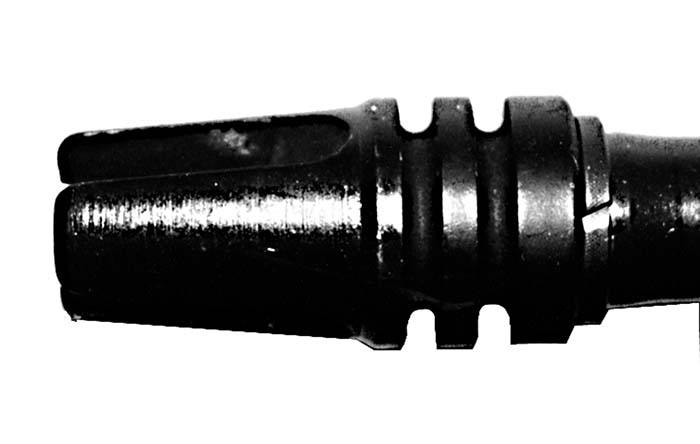
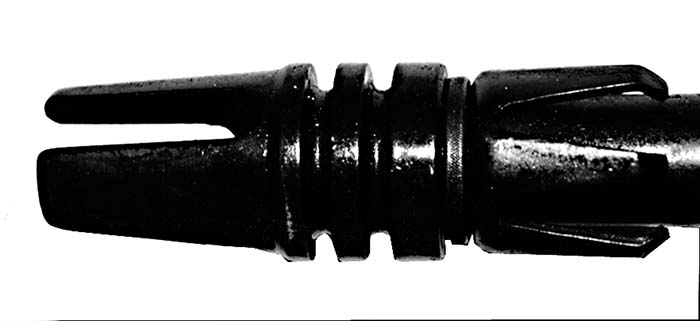
5- This three prong has a five prong inverted spring under the washer- this is for launching rifle grenades.
6- The classic “Birdcage” flash suppressor. It is open all the way around, and is correct for the M16 / M16A1 series rifles, as well as some earlier models such as the 613 and 614.
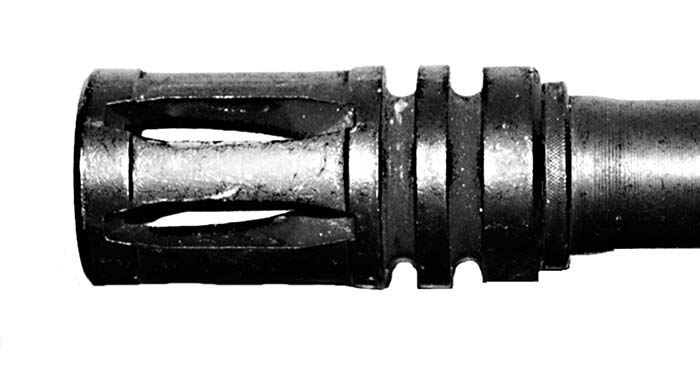
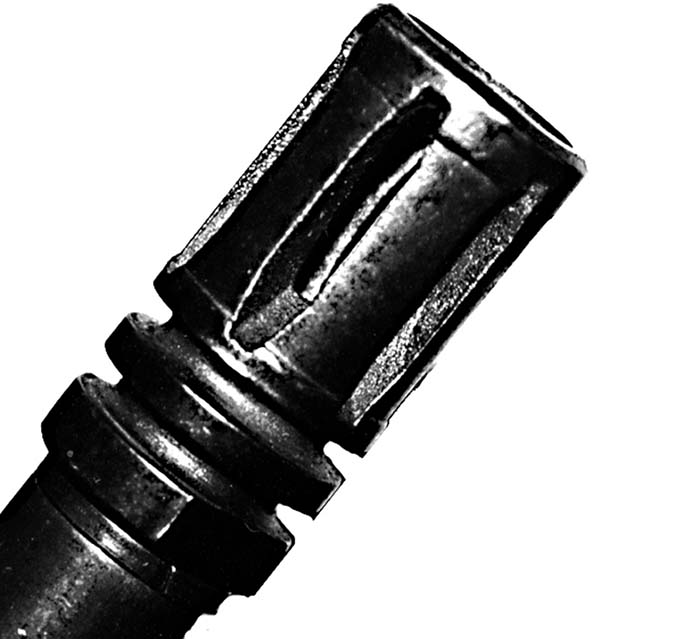
7- Note that the A1 “Birdcage” is has slots on the bottom as well.
8- M16A2 flash suppressor. Basically the same as the earlier A1 “Birdcage”, it has no slots on the bottom
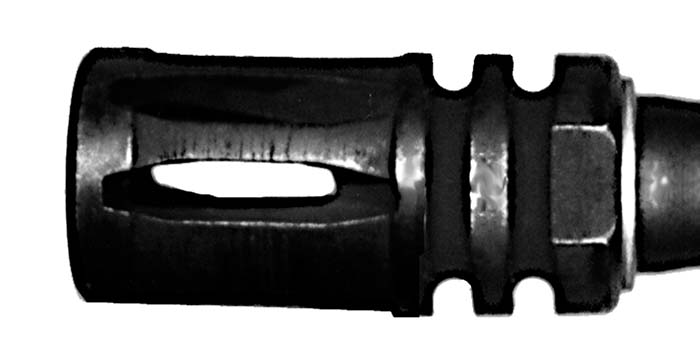
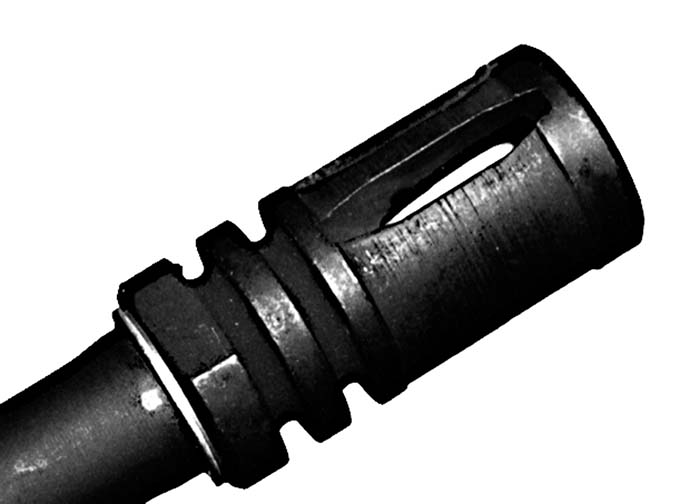
9- With the lack of slots on the bottom, the A2 style does not raise as much of a dust cloud in front of the shooter- a definite plus in helping the soldier keep a low profile on a battlefield.
10- This first “Moderator” is on the Model 07. This reduces the flash somewhat, and the noise is brought down about 2 dB, prompting the ATF to require these to be registered as sound suppressors.
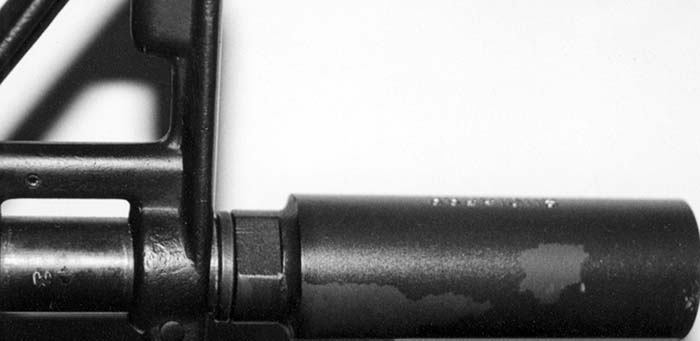
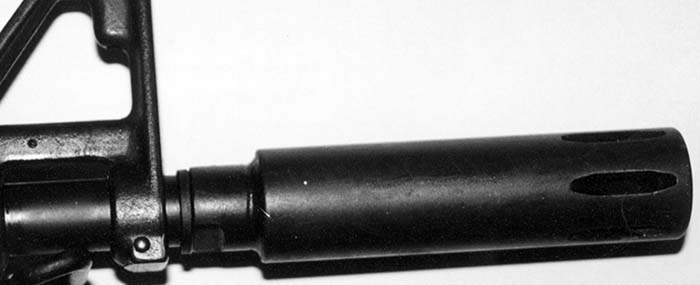
11- The XM-177E2 “Commando” with it’s ten inch barrel sported this “Moderator”- it now has flash hider slots in it.
12- Later “Shorties” had the collar added, but the moderator was the same as on the XM-177E2
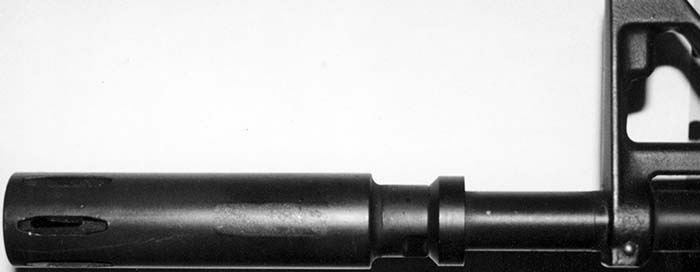

13- Early Sionics type suppressor, from Colt’s collection of the Vietnam era devices.
14- This unique looking “Birdcage” type flash suppressor is mounted on one of the Colt prototypes under the “ACR” program.
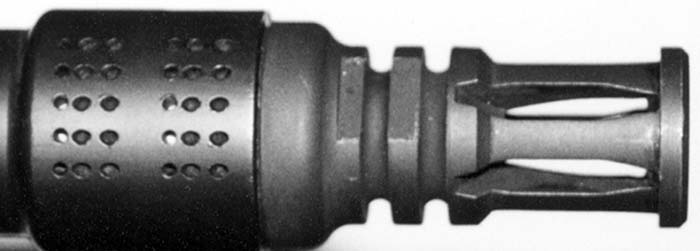
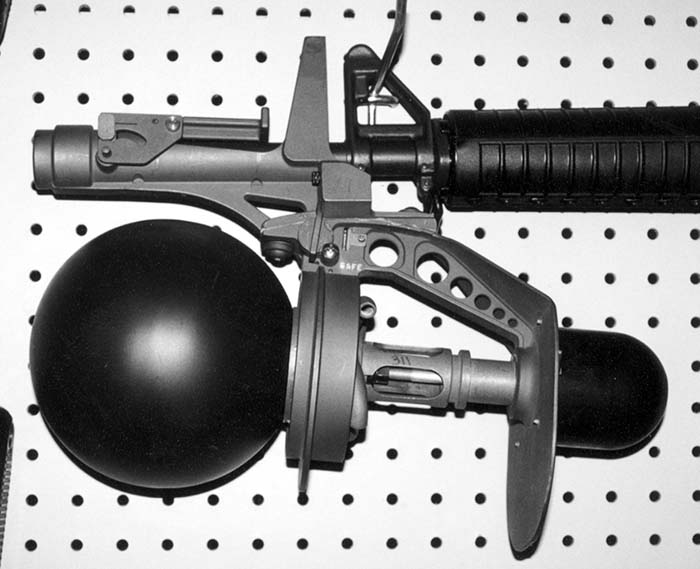
15- While this is not Colt manufactured, the RAW (Rifleman’s Assault Weapon) certainly bears looking at. The rifle is unmodified, and a standard ball round of ammunition is used to launch the High Explosive spherical projectile. Effective range is 200 meters, but 2000 meters is the farthest traveling range.
| This article first appeared in Small Arms Review V1N2 (November 1997) |



